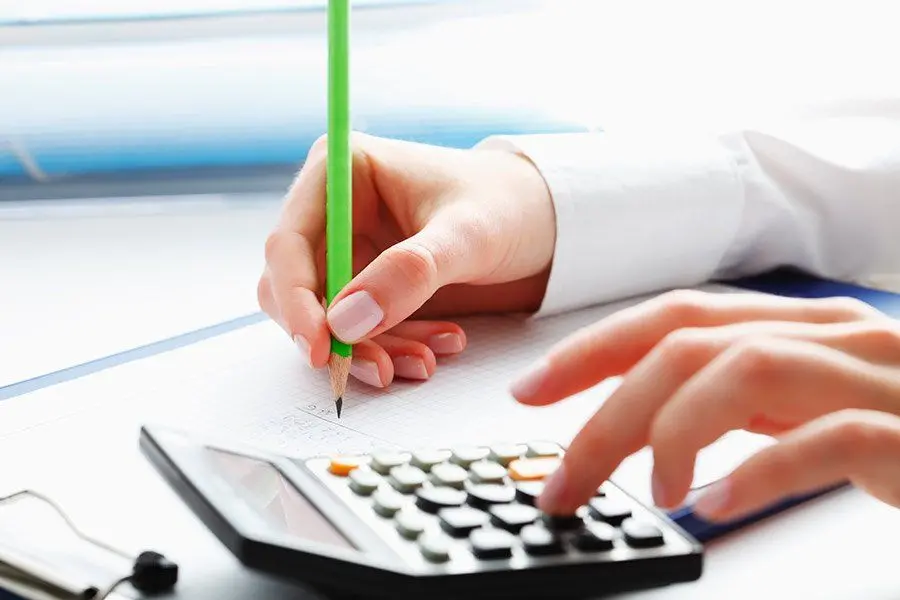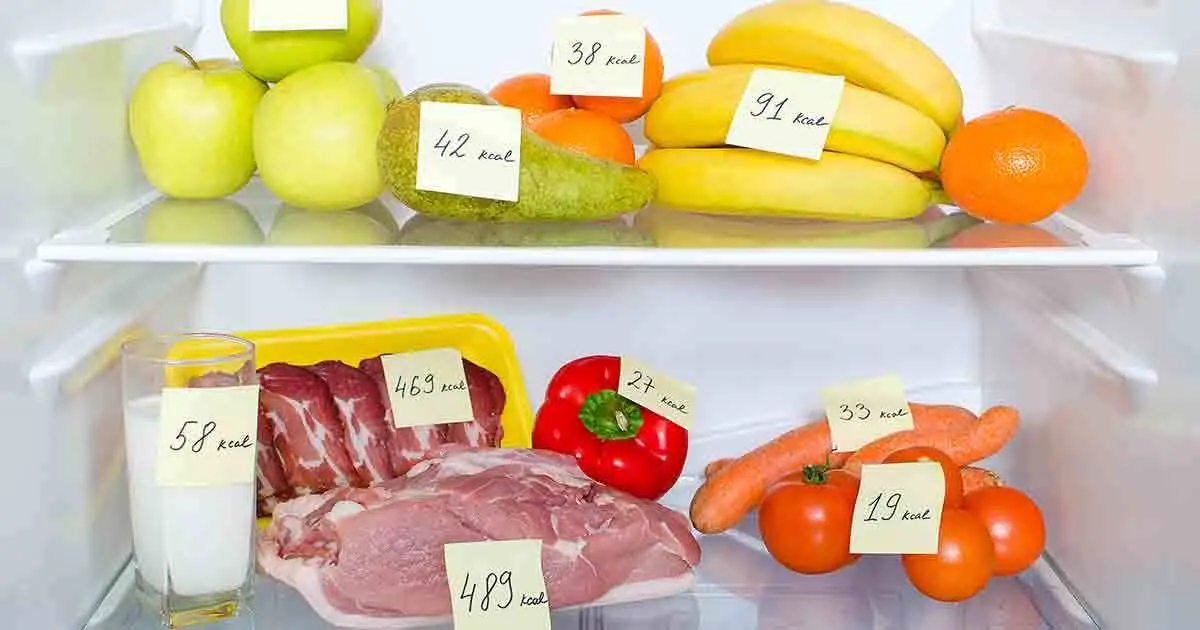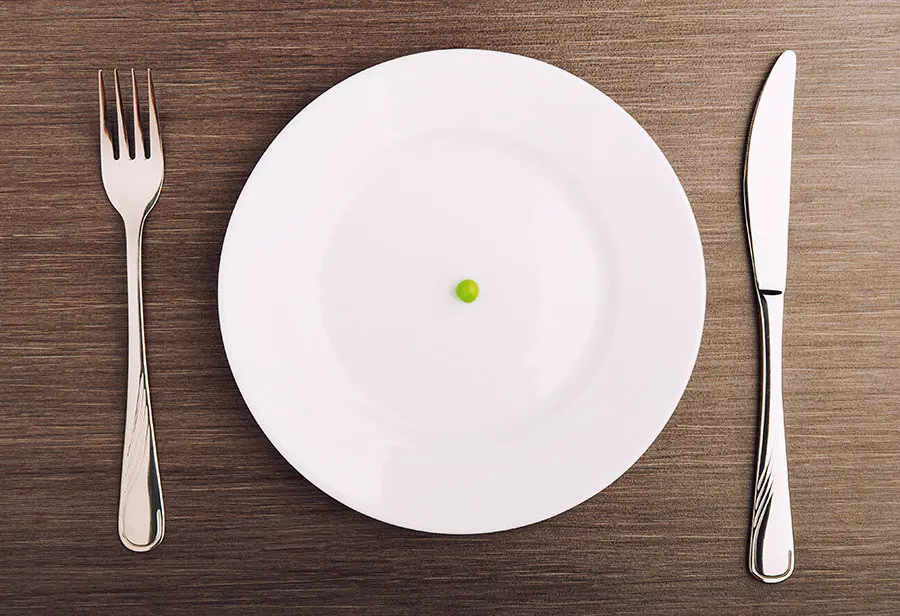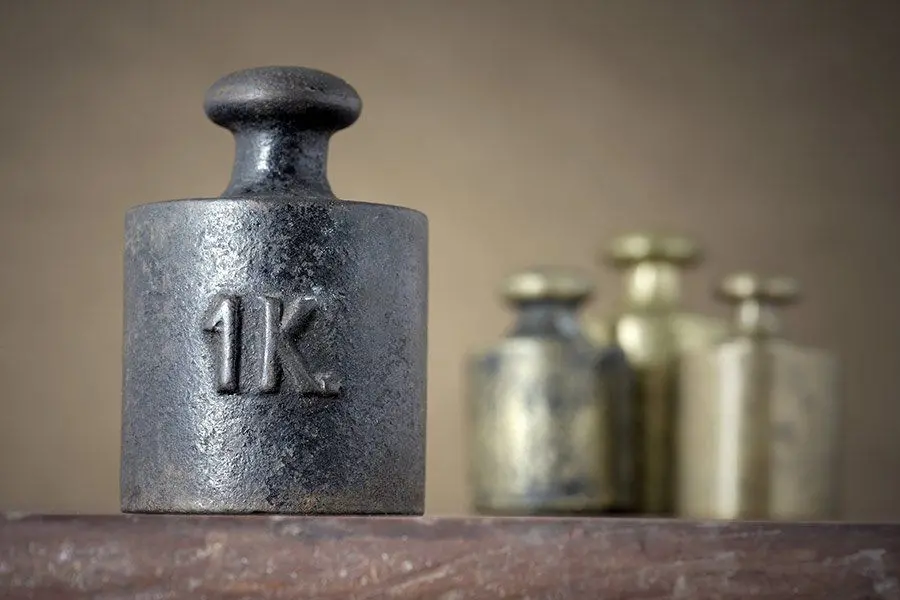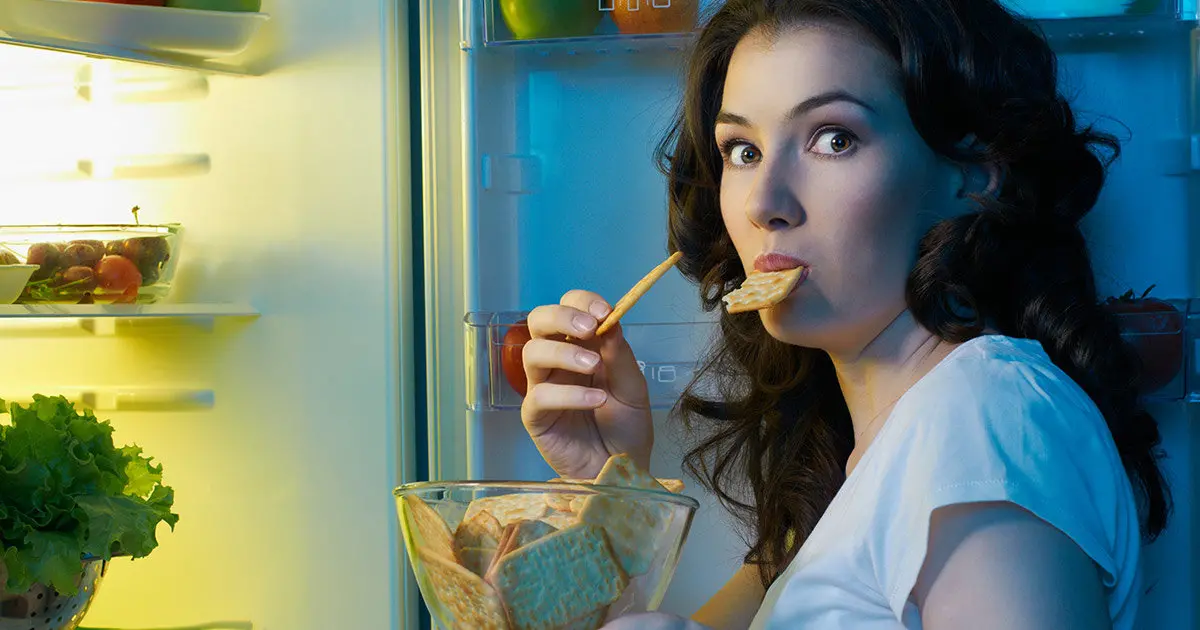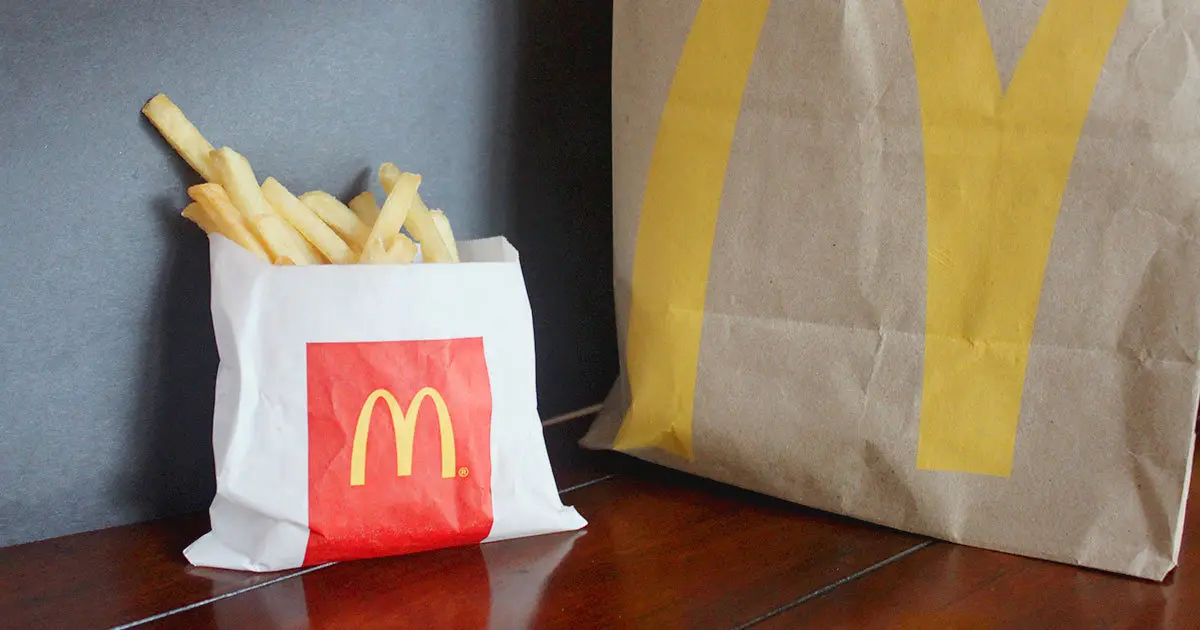Time and time again, friends and clients have asked me “how many calories should I burn in a day” to lose or gain weight.
Unfortunately I have to to give them the vague, but truthful, answer….it depends.
The fact is it’s more complicated than a simple calorie when trying to find that sweet spot of losing fat and keeping muscle.
I’ve never been an advocate for counting calories unless we are gathering data in a laboratory setting.
However, if you’re someone who really likes to count calories in vs calories out, there are definitely ways to obtain a close approximation of how many calories you burn in a day.
There are several terms that we need to go over to better understand what a calorie actually is and how we utilize the energy. It helps to understand this information, but if you’re anxious to just figure out the numbers, scroll down to how BMR and REE is calculated.
Please note that different macronutrients (protein, fat and carbohydrates) affect our hormones differently. This effect on our hormones makes a difference how calories are utilized by different fuel systems in our body. We’ll discuss this under “Do we burn Calories Differently?”.
Let’s dive into the fun stuff!
Basal Metabolic Rate (BMR) and Resting Energy Expenditure (REE)
Before considering daily calorie (energy) needs, you need to understand basal metabolism. It is the amount of energy we need to maintain life when the body is at complete rest after a 12 hour fast.
It is occasionally interchanged with the term resting energy expenditure (REE).
This is the baseline we start with and then pile on a typical day’s activities to calculate your caloric needs. Whether you are calculating for a strenuous event, or calculating how many calories to burn to lose one kg of body fat.
How do you calculate BMR?
Calculating a legitimate BMR requires a lab setting with equipment to measure body temperature and oxygen uptake under controlled conditions. Other variables that are considered are overall body size and fat-free body mass.
Typically, the resting metabolic rate accounts for 60-75% of one’s total daily energy expenditure. Physical activity attributes 15-30% of daily energy expenditure and finally the thermogenic effect of food accounts for the remaining 10% of energy expenditure.
These numbers vary based on the fat-free mass (most influential), body size, sex, overall activity level and age. You can likely guess the differences.
That’s complicated.
We’re just going to use resting energy expenditure (REE) going forward.
How do you calculate REE?
An equation exists to calculate resting energy expenditure (REE). It only requires fat-free mass and is applicable to both males and females over a wide range of body types. The equation is below for all who are interested. But it will really help to have your body fat assessed, so that you are working with real numbers.
Resting daily energy expenditure = 370 + 21.6 (kg of fat free mass)
Again, it’s not your total weight, so to be accurate, you should have your body composition assessed by someone proficient in the use of body fat calipers. Some gyms or health clubs will offer this service.
To calculate your weight in kg use one of two ways:
- Divide your current weight in pounds by 2.2 for a gross approximation
- Multiply your weight in pounds by 0.45359237
An Example of Calculating REE
Let’s do a quick example of our fictitious person, we’ll call Sheila. She had her body fat assessed and here are her stats:
- Weight = 132 lbs
- Body Fat = 22%
Now, let’s run this through the formulas.
Convert weight to kgs first:
132 lbs x 0.45359237 = 59.87 kg (lets round to 60 kg for simplicity)
Find weight of body fat:
60 kg x 0.22 = 13.2 kg of body fat
Subtract body fat weight from body weight:
60 kg – 13.2 kg = 46.8 kg lean body mass
Find REE
370 + 21.6 (46.8) = 1381 calories needed a day to just maintain life when completely at rest
1381 calories is Sheila’s REE.
Please note that there are several different equations to calculate REE that utilize more variables such as sex, age and weight, but this simple one gets us close enough.
Does my activity level influence the amount burned?
You bet it does!
And no doubt, you already knew this aspect.
It is a large variable when calculating how many calories are needed in a day and varies tremendously from person to person. But the chart below will help with estimates.
Take your REE and multiply it by the number that correlates with your sex and activity level.
| Men | Women | |
|---|---|---|
| Light | 1.55 | 1.56 | Moderate | 1.78 | 1.64 | Heavy | 2.1 | 1.82 |
Let’s look at some examples for Sheila with the understanding that she sits at work all day, exercises for approximately 30 minutes a day and sleeps eight hours.
REE is 1381 x 1.56 = 2154 calories a day to maintain her weight
Now, let’s look at some factors that have a bearing on your BMR/REE.
What factors contribute to a change in resting daily expenditure?
Factors that increase BMR
- Strength training has been shown to increase BMR by 7-9% without a variation between age groups.
- Increased muscle mass is like earning interest on your money, i.e., you’re not putting forth effort to increase the number
- Vigorous activity. One study suggested that 35 minutes a day of vigorous activity or 80 minutes a day of moderate activity had a large effect on not regaining weight after weight loss in women.
- Thermogenic effect of food. For instance, digesting protein can take up to 25% of a meals total calories
- Living in a hot tropical environment
- Living in an extremely cold environment
Factors that decrease BMR
- Too few calories a day
- Inactivity
- Aging and loss of fat-free body mass (predominantly muscle)
- A decrease in our hormone, thyroxine (regulates BMR)
Is a calorie a calorie?
In the sense of measuring energy, absolutely, but there are a whole lot of variables that affect the end result. The next section will discuss how a calorie is utilized.
Remember, I mentioned that different macronutrients (protein, fat and carbohydrates) affect your hormones differently and have an influence in how we process, utilize and store calories.
This is a much more important in weight maintenance than simply calories in vs calories out.
This is both my experience and education in the chemistry of our metabolism.
Do we burn calories differently?
A calorie, when considering only the end unit of energy, is utilized uniformly.
We have to discuss the joule to understand the outcome of one calorie.
I won’t get into the difference in a calorie and a kilocalorie, but just know that when you discuss calories with someone, you’re actually discussing kilocalories.
A joule is a measure of energy and 1 calorie = 4.18 Joules. I mention this only so you have a reference and understanding that the end result is always the same amount of energy from a calorie.
Now let’s look at a totally different perspective…
When deciding how to calculate a balanced caloric intake, we have to consider that different macronutrients (protein, fat, carbs) require different amounts of energy to digest, affect our hormones differently, and can satiate (feeling of fullness after eating) us differently.
The effect specific macronutrients (protein, fat, carbs) have on our hormones plays a larger role than once thought. There is research to back this statement.
More so, after watching trends in the dietary industry for close to thirty years, I can say for certain different macronutrients have a different effect on our BMR/REE.
Protein digestion results in net fewer calories than carbohydrate digestion. This is due to the chemical breakdown on nitrogen containing food.
Changes in fat intake alter our testosterone and estrogen ratios. This affects how we store and utilize energy (that’s a topic for another time).
Excess carbohydrates cause a consistent elevation of insulin. This puts us in a state of “storing calories” instead of extracting stored calories. This has a GIANT influence!
What if I eat too few calories?
Ah, the classic calorie restriction diet. Eat less calories than you burn and you will lose weight…
You may lose weight, but you will also slow down your metabolism.
The most influential aspect of this statement is the depression of thyroxine output from our thyroid. It’s a safety mechanism to regulate our BMR/REE downward to conserve energy in case of starvation. It can drop up to 53% in total starvation.
Our metabolism doesn’t know whether food will be abundant or scarce going forward. So it slows things down just in case food is scarce. This results in less calories burned overall and contributes to weight gain generally in the form of fat.
I already wrote a short article about this very subject (Eat More to Lose Weight).
How many calories in 1 kg?
Okay, so then, how many calories to burn to lose 1 kg (2.2 lbs)?
Well, on paper, it looks easy.
You just have to burn 3500 calories (kcal) to burn 1 pound of fat. But is it really that simple when considering all of the other factors discussed?
If you eat a clean balanced meal plan, figure out your REE and activity multiplier to determine daily needs, you can eat a deficit and slowly burn off weight. The key phrase here is a well balanced meal plan.
Otherwise a simple calorie deficit on a poor diet will result in weight loss, but most of the weight is the loss of muscle tissue, dropping your REE overall.
Conclusion on How Many Calories You Should Eat in a Day
So, when discussing how many calories to burn a day, there are clearly many variables to consider before actually drawing a conclusion to the amount of consumption necessary to maintain muscle while losing fat.
We looked at calculating your energy needs, factors that influence our BMR/REE, the end result of a calorie and touched on hormonal influences from changes in calories.
Excess calories above your REE will always result in weight gain either in fat or muscle depending on your type of exercise.
A deficit in calories will always result in a drop in your REE, fat and muscle loss. So a rapid drop is dangerous and not productive for your goals.
Perhaps the most difficult thing to do is calculate a meal plan that sheds fat while simultaneously maintaining or adding a small amount of muscle.
It’s complicated, but not impossible!
Research and Resources on How Many Calories to Burn in a Day – (NERD STUFF)
Black AE, Coward WA , Cole TJ , Prentice AM ; Human energy expenditure in affluent societies: an analysis of 574 doubly-labelled water measurements. European Journal of Clinical Nutrition, 01 Feb 1996, 50(2):72-92.
Craig R. White and Roger S. Seymour, Mammalian basal metabolic rate is proportional to body mass, PNAS April 1, 2003. 100 (7) 4046-4049
da Rocha, Eduardo E Moreira; Alves, Valéria Girard F; Silva, Mônica Hissa N; Chiesa, Carlos A; da Fonseca, Rosana Barcellos V, Can measured resting energy expenditure be estimated by formulae in daily clinical nutrition practice? Current Opinion in Clinical Nutrition & Metabolic Care: May 2005 – Volume 8 – Issue 3 – p 319–328
D A Schoeller, K Shay, R F Kushner; How much physical activity is needed to minimize weight gain in previously obese women?, The American Journal of Clinical Nutrition, Volume 66, Issue 3, 1 September 1997, Pages 551–556.
Hervé Besson, Søren Brage, Rupert W Jakes, Ulf Ekelund, Nicholas J Wareham; Estimating physical activity energy expenditure, sedentary time, and physical activity intensity by self-report in adults, The American Journal of Clinical Nutrition, Volume 91, Issue 1, 1 January 2010, Pages 106–114.
John R. Speakman and Colin Selman, Physical activity and resting metabolic rate, Published online: 05 March 2007
Lemmer JT, Ivey FM, Ryan AS, Martel GF, Hurlbut DE, Metter JE, Fozard JL, Fleg JL, Hurley BF, Effect of strength training on resting metabolic rate and physical activity: age and gender comparisons.Medicine and Science in Sports and Exercise [01 Apr 2001, 33(4):532-541]
Maurice E. Shils, James A. Olson, Moshe Shike, A. Catherine Ross. Modern Nutrition in Health and Disease. Baltimore, MD: Williams & Wilkins. 1999.
Stefano Lazzer, Giorgio Bedogni, Claudio L. Lafortuna, Nicoletta Marazzi, Carlo Busti, Raffaela Galli, Alessandra de Col, Fiorenza Agosti, Alessandro Sartorio; Relationship Between Basal Metabolic Rate, Gender, Age, and Body Composition in 8,780 White Obese Subjects. Obesity; A Research Journal. 31 December 2012 https://doi.org/10.1038/oby.2009.162
Stephen W. Spaulding, Inder J. Chopra, Robert S. Sherwin, Santokh S. Lyall; Effect of Caloric Restriction and Dietary Composition on Serum T3 and Reverse T3 in Man, The Journal of Clinical Endocrinology & Metabolism, Volume 42, Issue 1, 1 January 1976, Pages 197–200.


